APRACLONIDINE SOLUTION 0.5% - OPHTHALMIC
PHONETIC PRONUNCIATION: (A-pra-KLOE-ni-deen)
COMMON BRAND NAME(S): Iopidine
GENERIC NAME(S): apraclonidine HCl
Uses
USES: Apraclonidine is used along with other medications to treat serious high pressure inside the eye (glaucoma) for a short time (e.g., 1 month) to help delay or prevent the need for eye surgery. Decreasing high pressure inside the eye may help to prevent decreased vision or blindness. Apraclonidine is thought to work by decreasing the amount of fluid within the eye.
How to use APRACLONIDINE SOLUTION 0.5% - OPHTHALMIC
HOW TO USE: This medication is given as an eye drop, usually 3 times daily or as directed by your doctor. If you are wearing contact lenses, remove them before using eye drops. Wait at least 15 minutes before replacing your contact lenses. To apply eye drops, wash your hands first. To avoid contamination, be careful not to touch the dropper tip or let it touch your eye or any other surface. Tilt your head back, look up, and pull down the lower eyelid to make a pouch. Hold the dropper directly over your eye and place 1 drop into the pouch. Release the eyelid and gently close your eyes. Place one finger at the corner of your eye (near the nose) and apply gentle pressure for 1 to 2 minutes. This will prevent the medication from draining out. Try not to blink and do not rub your eye. Repeat these steps for your other eye if so directed or if your dose is for more than 1 drop. Remove extra solution around the eye with a tissue and wash your hands to remove any medicine that may be on them. If you are using another kind of eye medication (e.g., drops or ointments), wait at least 5 minutes before using the other medication. Use eye drops before ointments to allow the eye drops to enter the eye. Dosage is based on your medical condition and response to treatment. Do not increase your dose or use it more frequently than prescribed. When used for an extended time, this medication may not work as well and may require different dosing. Your doctor will monitor your progress with regular eye exams.
Side Effects
Precautions
Interactions
Overdose
Images
Reviews
Disclaimer
IMPORTANT: HOW TO USE THIS INFORMATION: This is a summary and does NOT have all possible information about this product. This information does not assure that this product is safe, effective, or appropriate for you. This information is not individual medical advice and does not substitute for the advice of your health care professional. Always ask your health care professional for complete information about this product and your specific health needs.
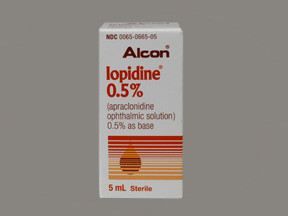
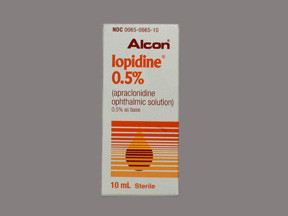
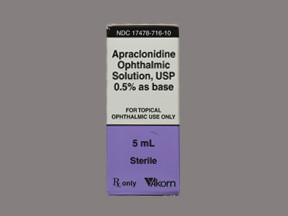

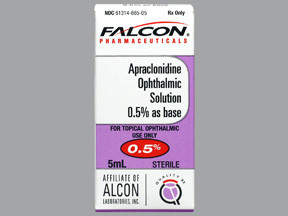
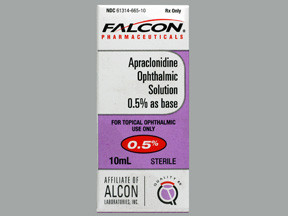
No Reviews Yet